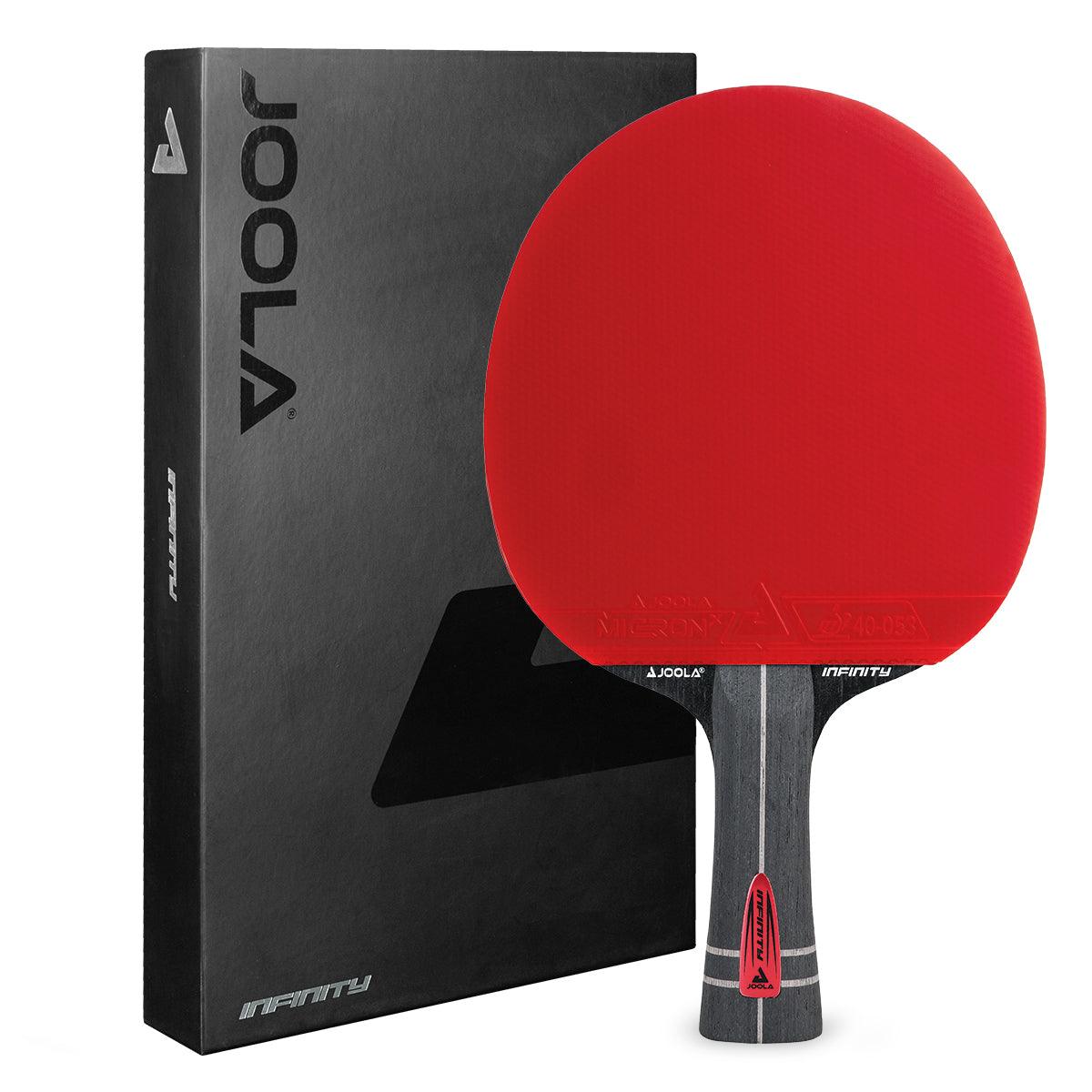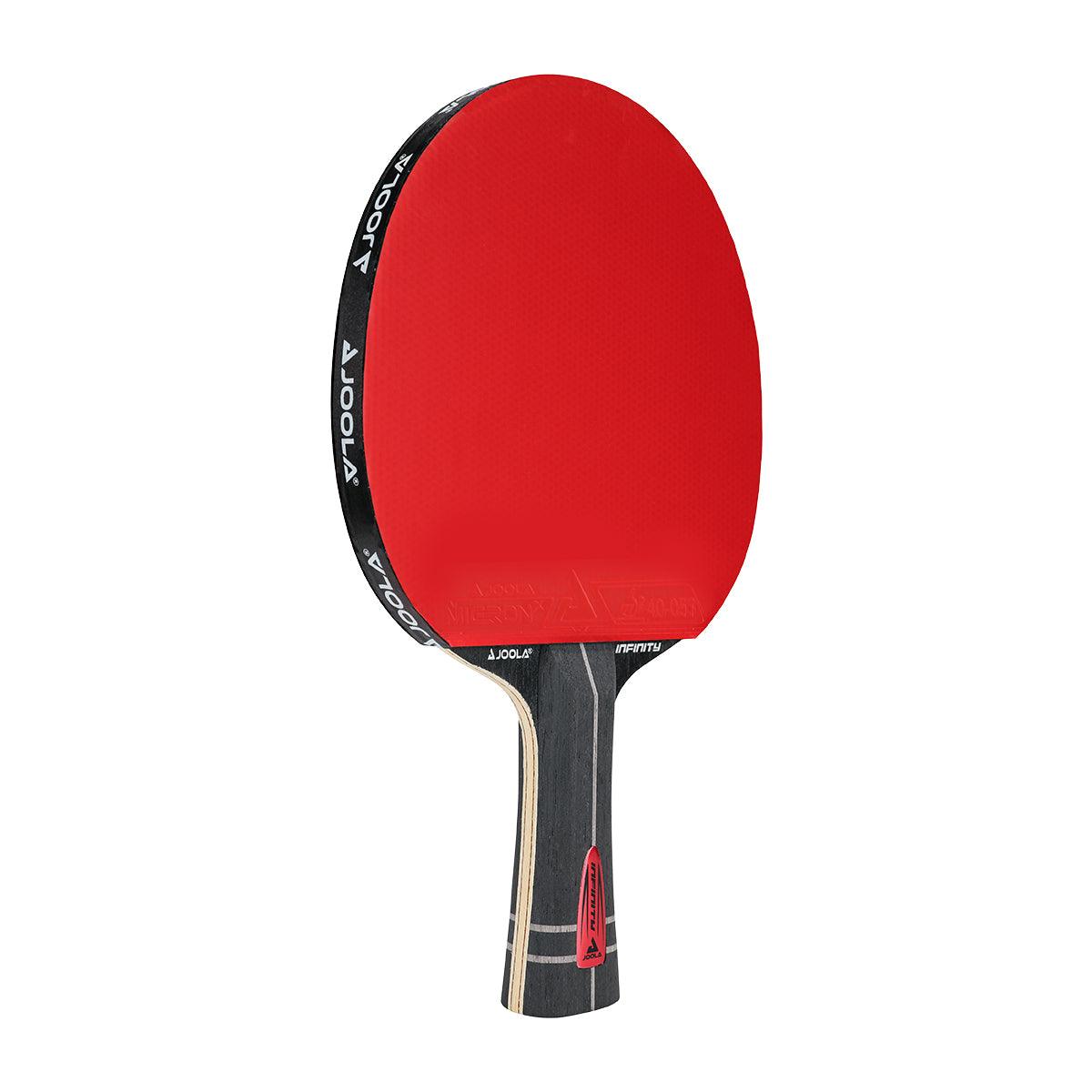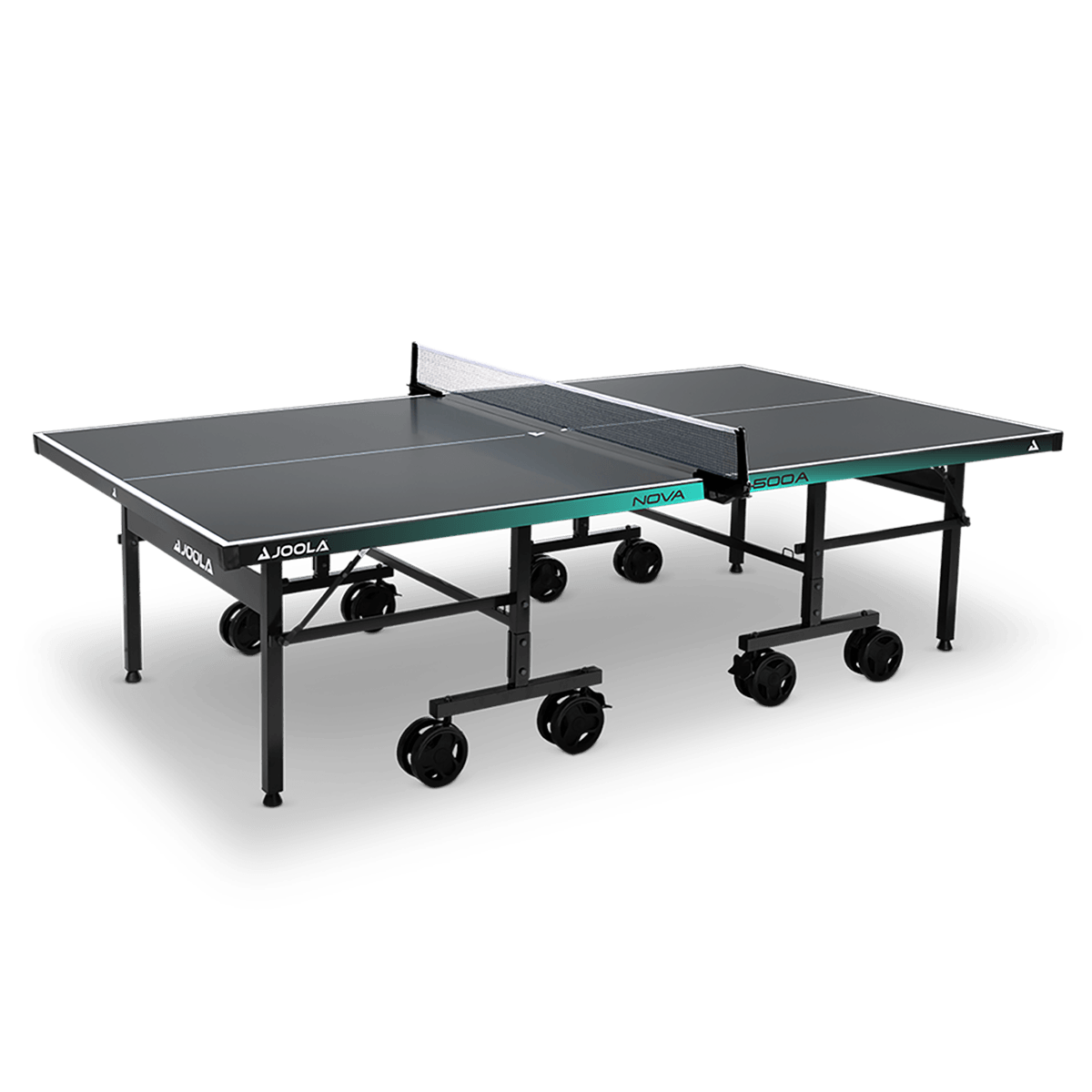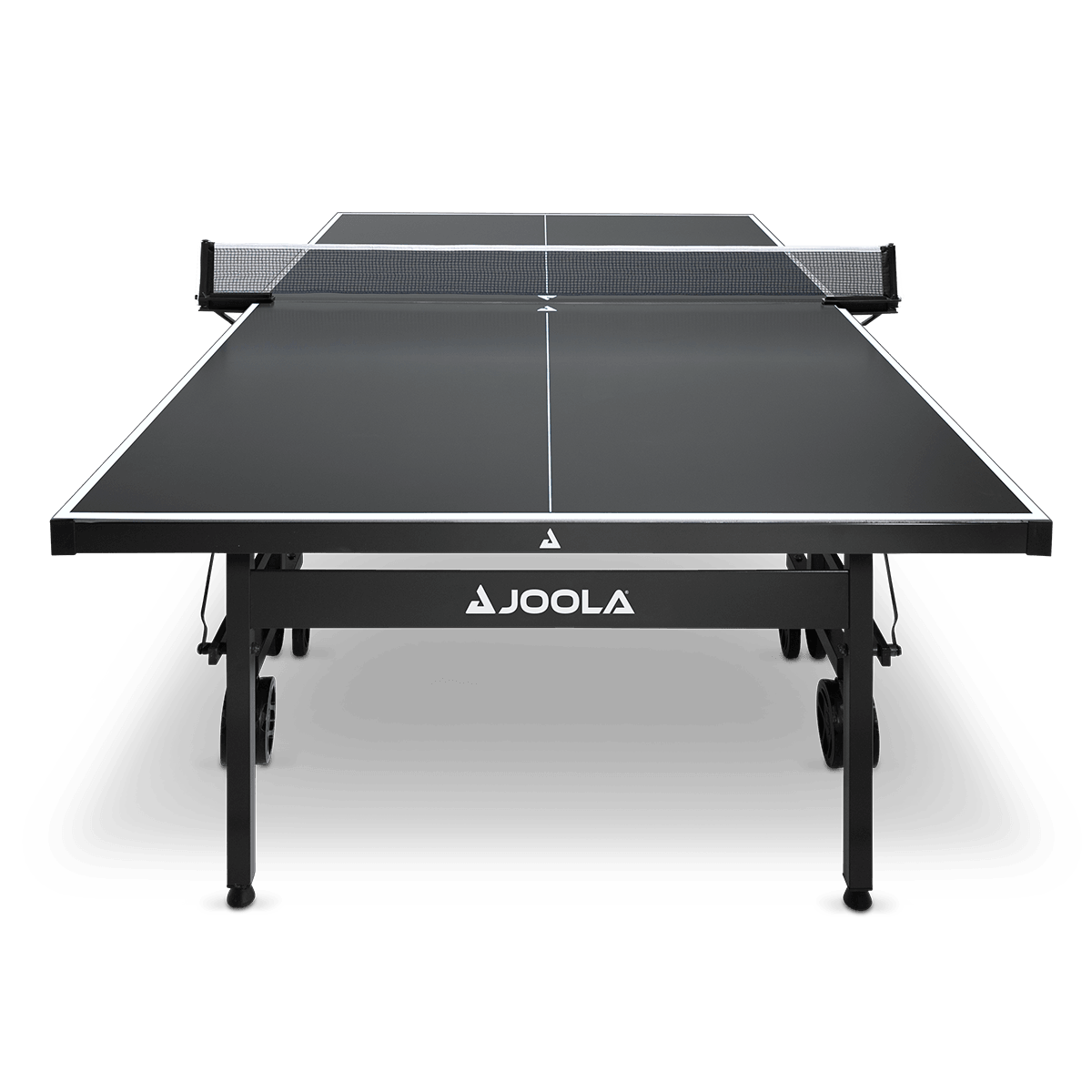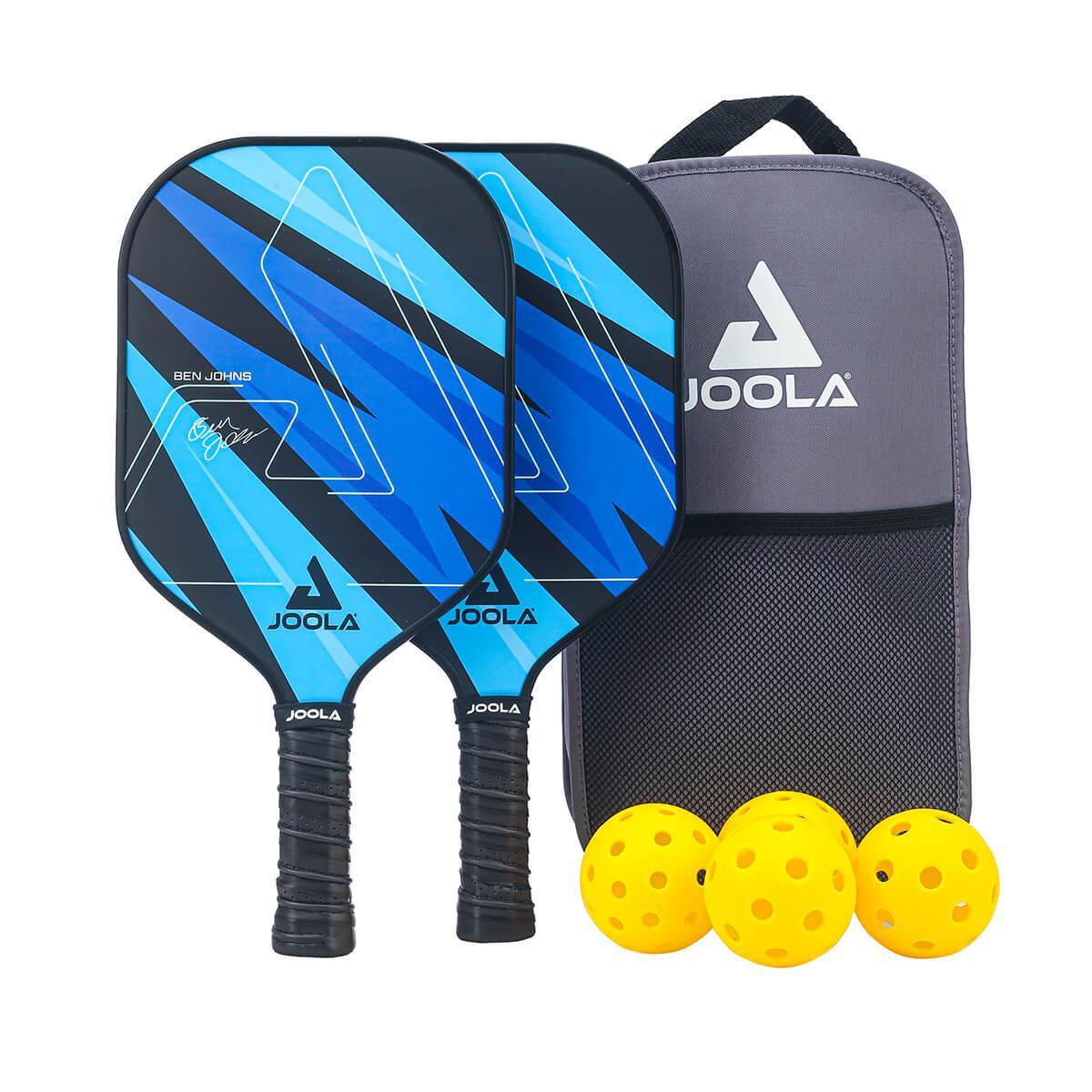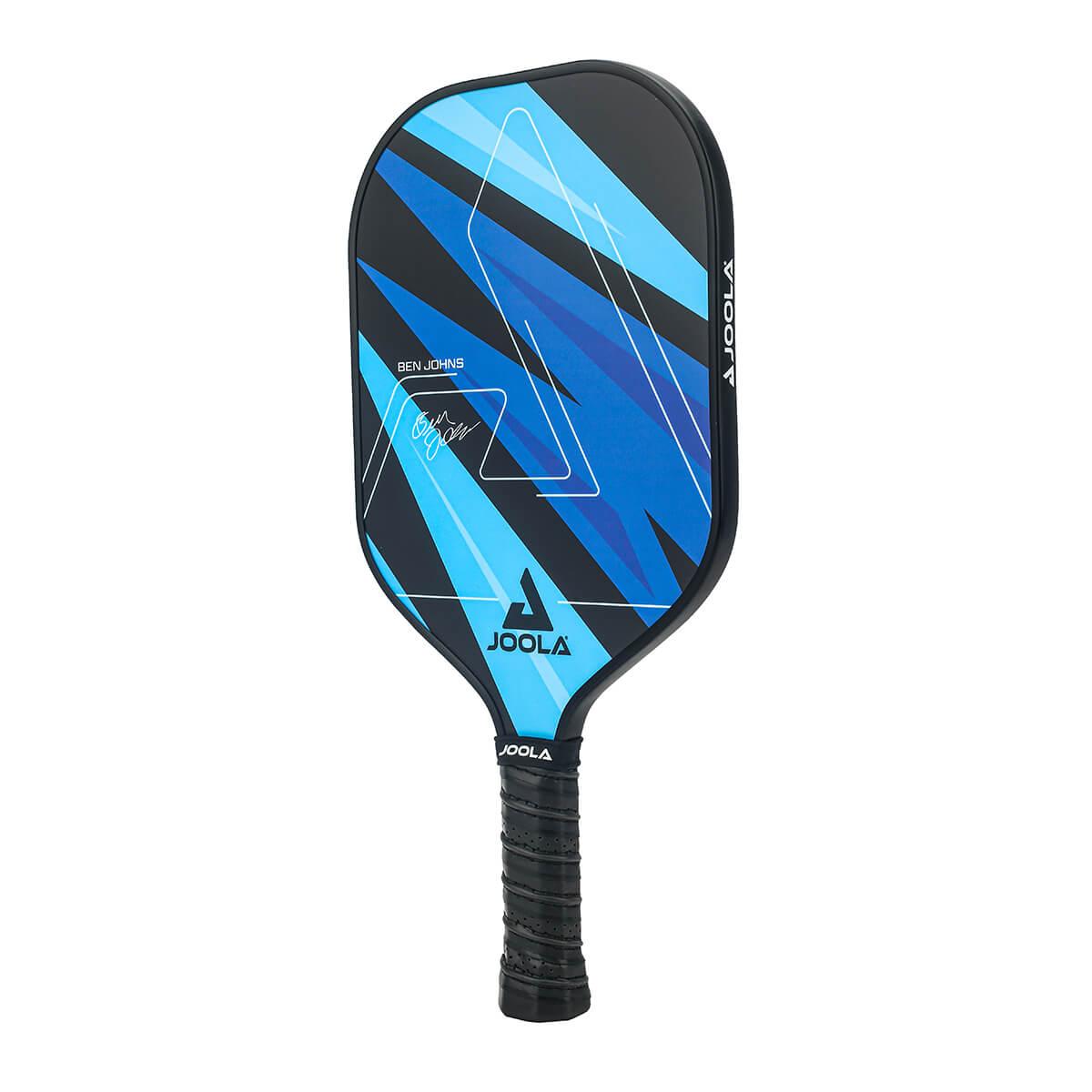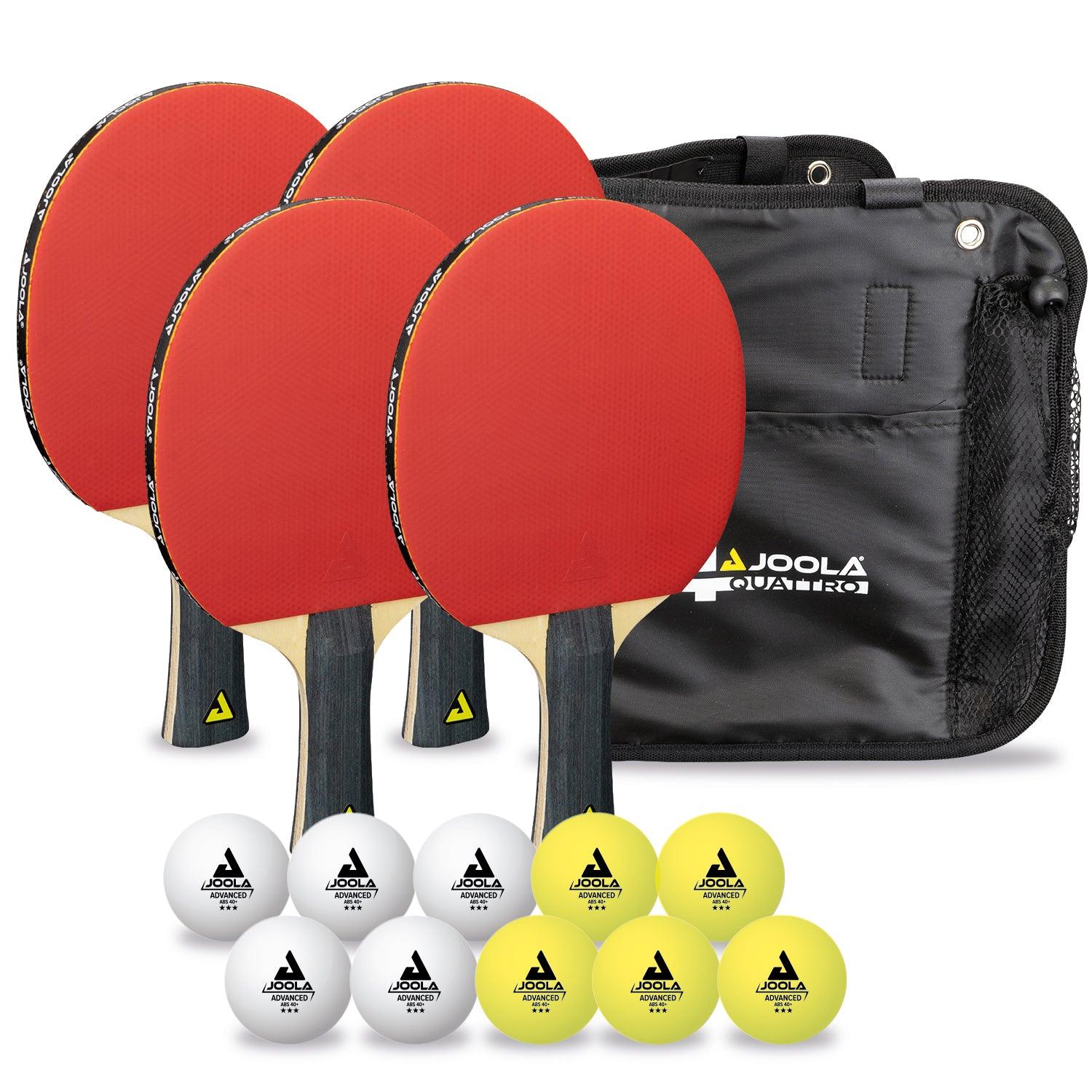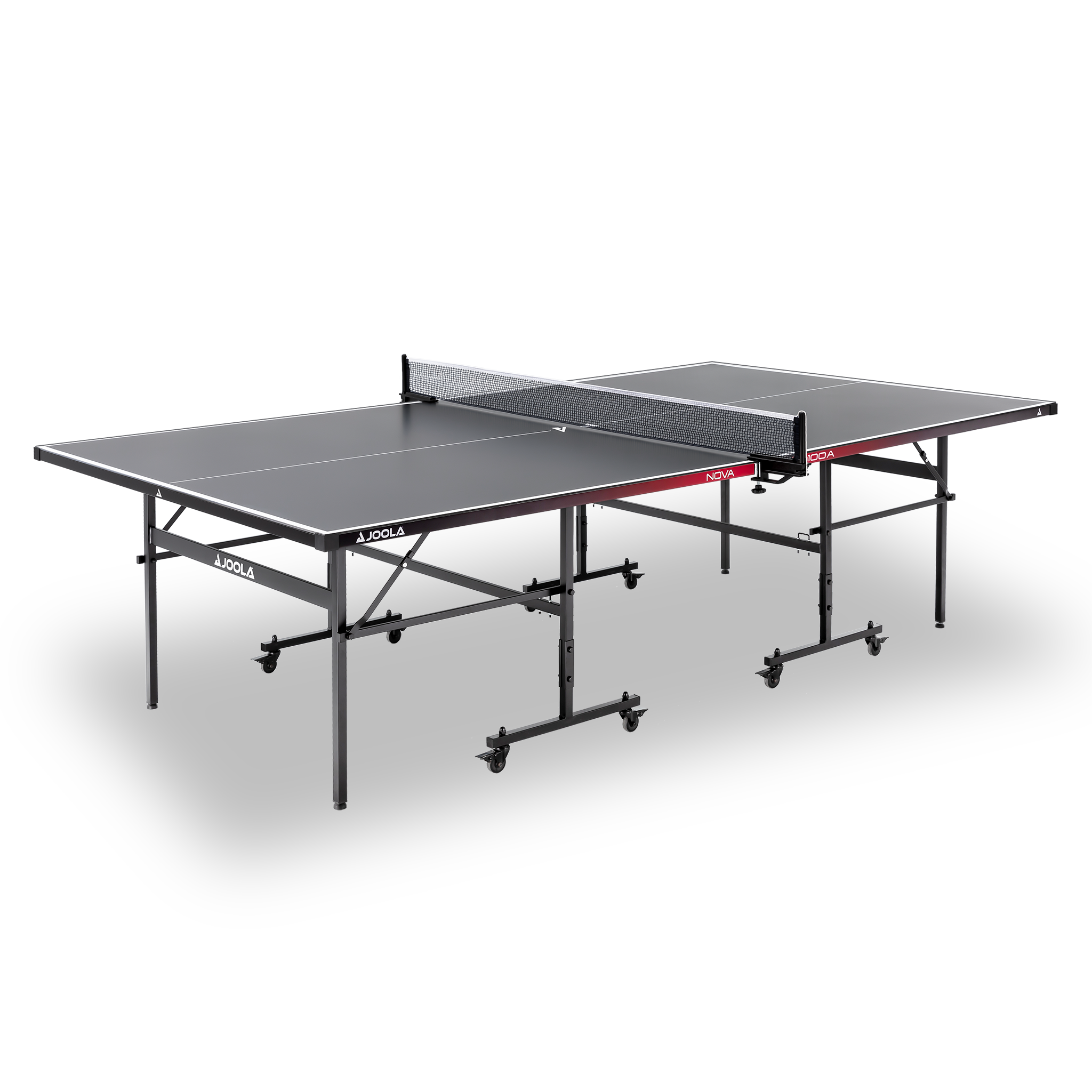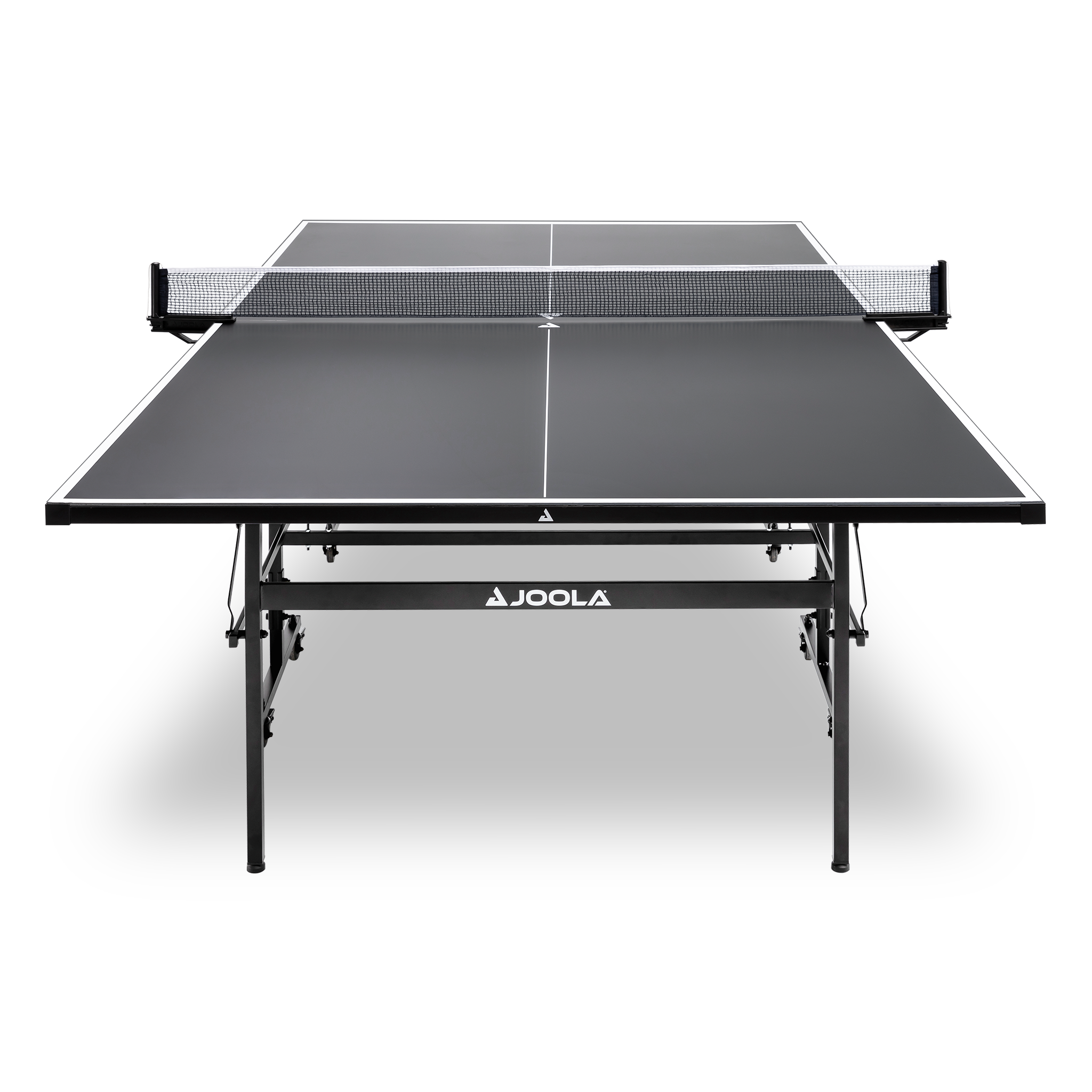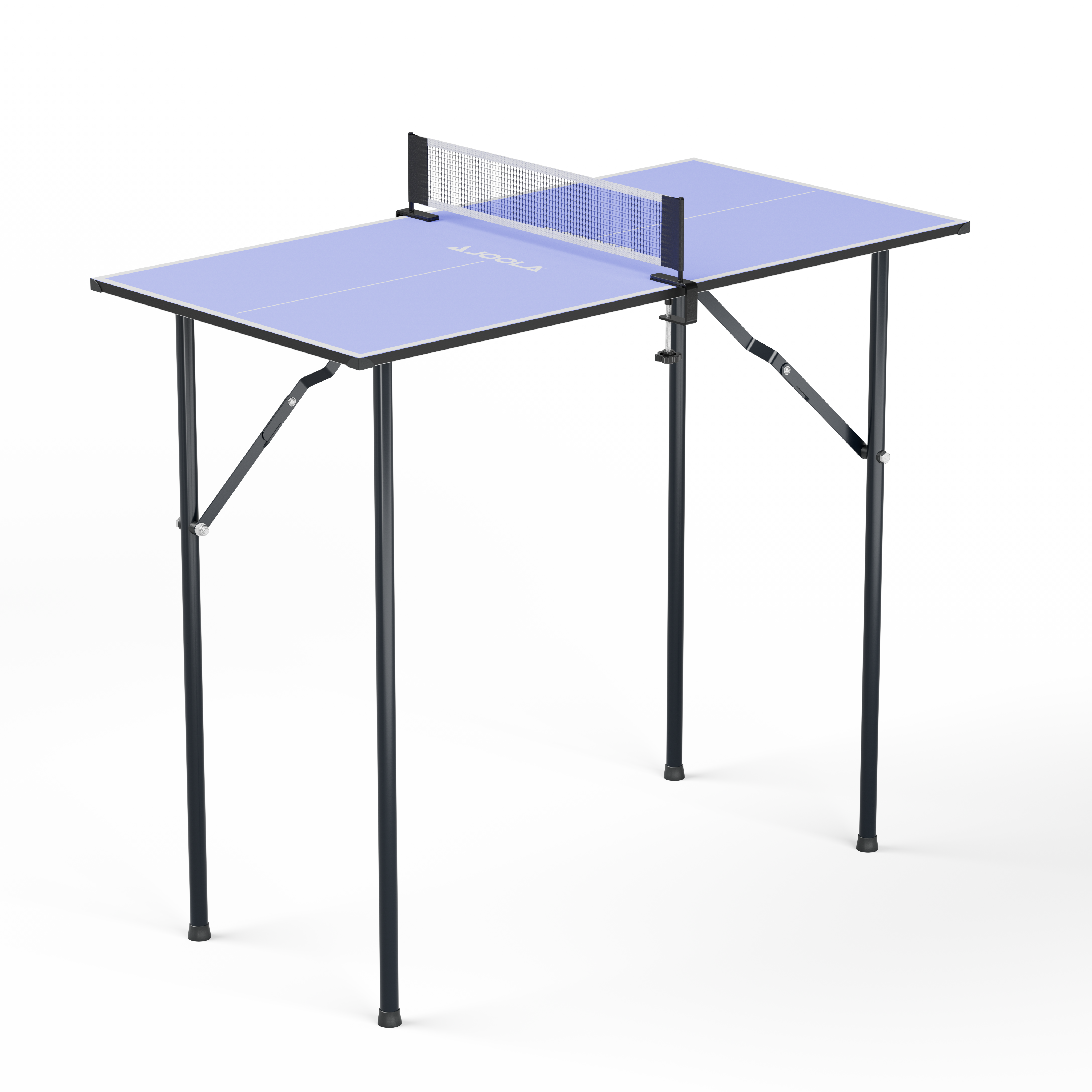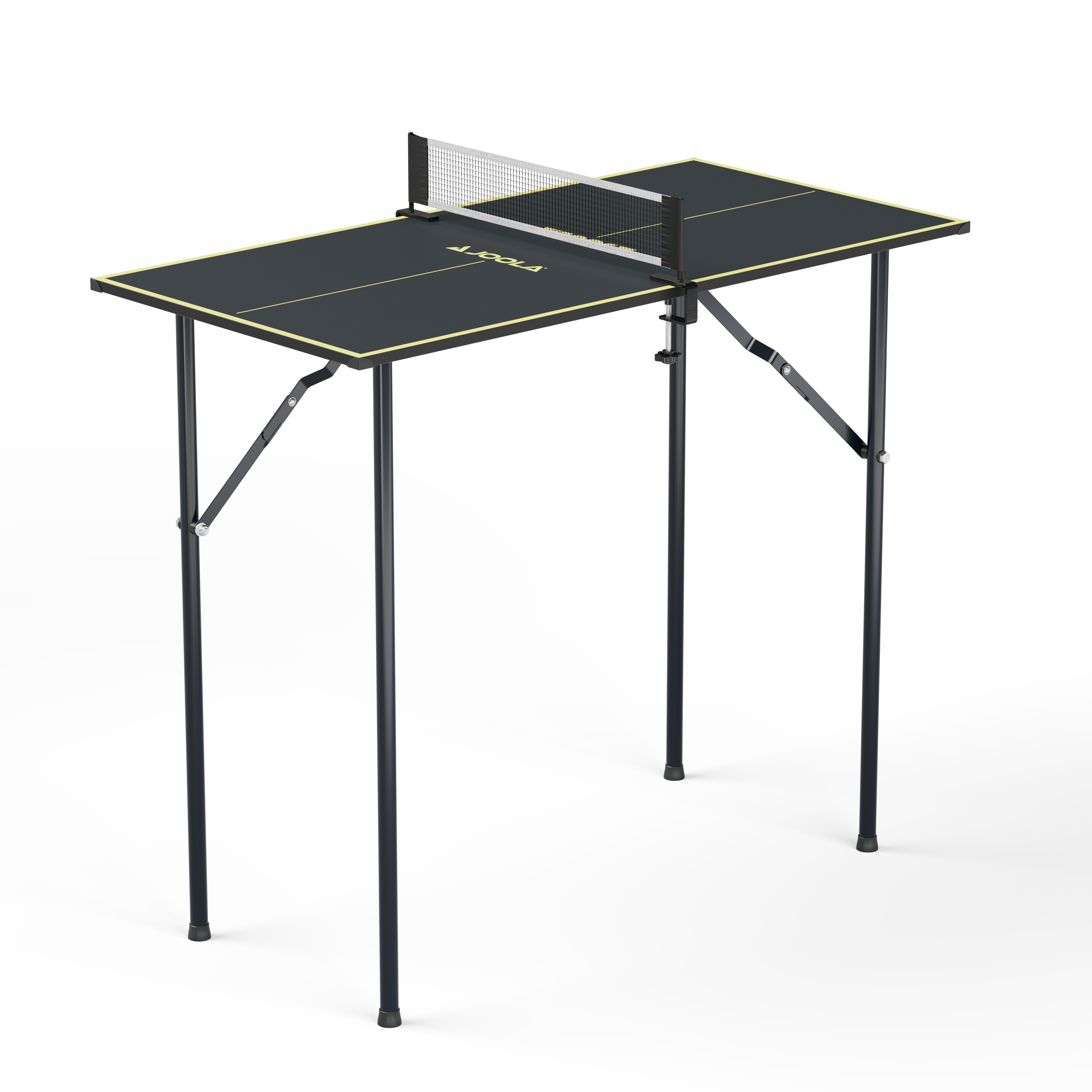What is Table Tennis?
Table tennis is a dynamic and versatile sport where two or four players compete at a table divided in the middle by a net. The objective is to hit a small plastic ball over the net with a paddle to score points. Points are earned by placing the ball so precisely or with such spin that the opponent cannot return it according to the rules. By the way, those who enjoy table tennis might also appreciate Pickleball, another fast-paced racket sport that similarly demands quick reflexes and tactical skill. Due to the small size of the table and ball, rallies are usually short but very intense. Players can employ various strategies: some focus on exact placement, others score with aggressive topspins or cleverly executed backspin shots.
Although the playing field is relatively small and table tennis may seem simple at first glance, there are numerous stroke techniques that make the game quite challenging at higher levels. Advanced players master shots such as forehand or backhand topspin up to counter-topspin. This means table tennis continually offers both beginners and experienced players opportunities to develop their skills and tactics further. Because rallies happen very quickly, good reaction ability and strong concentration are also required, keeping the game continuously exciting.
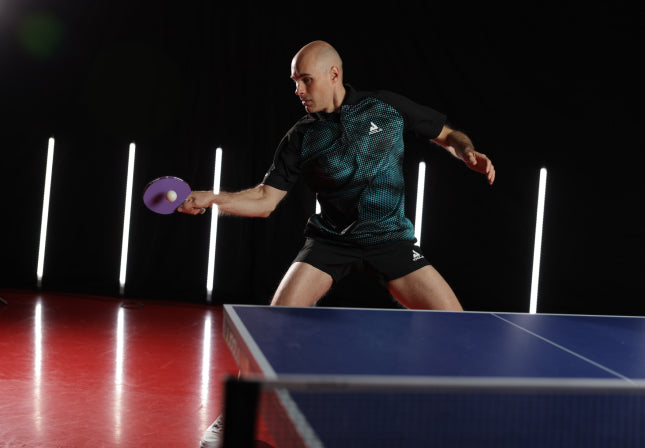
History, Origin, and Development of Table Tennis
Table tennis originated in 19th century England as an indoor adaptation of lawn tennis. Since improvised equipment was often used back then – for example, books as paddle substitutes and other objects as nets – characteristic clicking sounds arose, which led to the nickname "Ping Pong."
At the turn of the century, the game began to professionalize, and the first official rules were established. The term "Ping Pong" was trademarked, which led to the adoption of "Table Tennis." In 1926, the International Table Tennis Federation (ITTF) was founded, which still organizes major tournaments and sets rules today. The sport quickly spread across Europe and Asia, gaining particular popularity in China. Since 1988, table tennis has also been a permanent discipline at the Olympic Games.
Today, table tennis is recognized worldwide as a competitive sport that also captivates countless recreational players. In some countries, it is almost a national pastime, while in Europe numerous clubs ensure that players of all ages and skill levels find their place. In this way, the sport remains an exciting blend of tradition and ongoing development.
How to Play Table Tennis? – Rules Overview
Serve: Every rally begins with the serve. The ball rests on the open palm and is tossed vertically at least 16 centimeters into the air before being struck. It must first touch the server's side of the table, then cross the net and land correctly on the opponent's side.
Gameplay: Afterwards, both sides alternately return the ball until an error occurs – for example, hitting the net, sending the ball out of bounds, or missing the ball. Each such error awards a point to the opponent.
Scoring: The "best-of-five" system is commonly used, where the player who first wins three sets is the winner. A set ends at 11 points, provided there is a two-point lead. If the score reaches 10:10, play continues until one player leads by two points.
Side Change: After each set, players switch sides of the table to balance any advantages caused by lighting or room orientation.
Serve Rotation: Typically, the right to serve changes every two points. Only at a score of 10:10 does the serve alternate after every rally.
Doubles Play: In doubles, four players compete, two per team. The serve rotates within the serving team, and during rallies, players alternate shots. This format emphasizes not only individual technique but also effective teamwork.
Tips for Beginners: New players should first get used to a relaxed grip—often the so-called "shakehand grip" is chosen, where the hand clasps the handle as if shaking hands. A slight knee bend and a wide stance are also helpful for quick reactions to opponents’ shots. Small, controlled movements and a focus on precise ball placement are more important than power at the start. This lays the foundation for long-term success and improves ball control with each training session.
How healthy is playing table tennis?
Table tennis is a joint-friendly sport that people of all ages can enjoy. Since the hips and knees are subjected to minimal sudden stress, it is also suitable for individuals with mild physical impairments. The short sprints around the table and rapid changes of direction strengthen endurance and leg muscles, requiring quick reactions to be in the right place at the right time and to control the ball's spin precisely.
Moreover, table tennis enhances hand-eye coordination because players learn to hit the ball accurately and correctly judge its trajectory. Regular play not only improves fine motor skills but also burns more calories than many initially expect, thanks to the alternating offensive and defensive movements. At the same time, it stimulates circulation and boosts endurance.
Due to these diverse benefits, table tennis is not only offered in sports clubs and recreational facilities but is also used in rehabilitation programs where it supports gentle mobilization. It combines the dynamics of a racket sport with a relatively low risk of injury, making it ideal for staying fit in a social setting and continuously improving one’s playing strength.
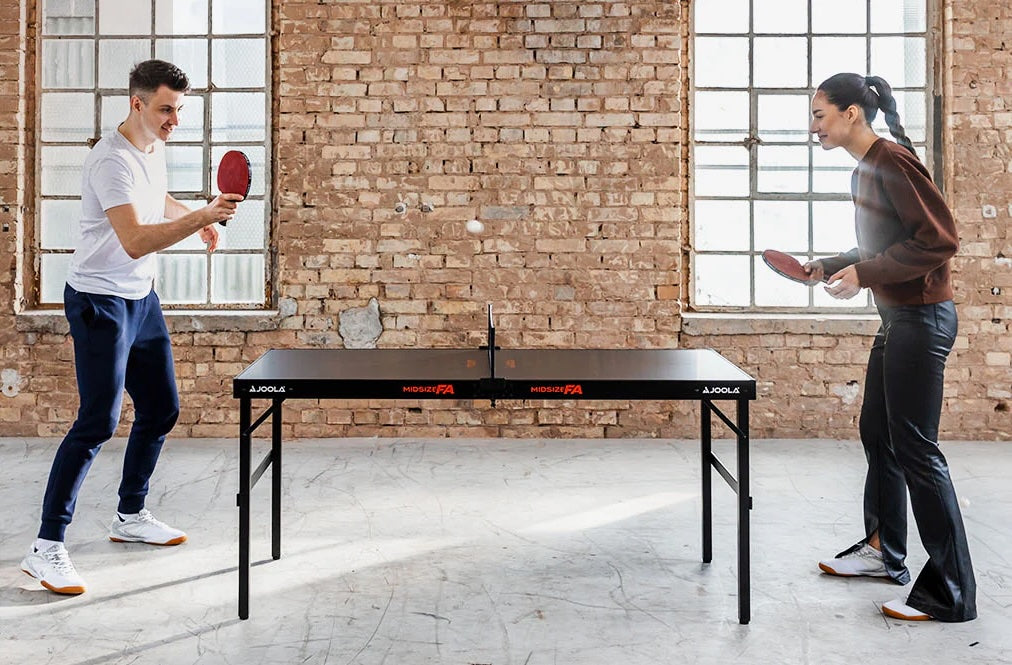
What is the difference between Ping Pong and Table Tennis?
Although many people use both terms synonymously, there is a historical difference: "Ping Pong" was originally a registered trademark derived from the sound of the ball hitting. Over time, however, the official name "Table Tennis" became established, which is now commonly used in tournaments and clubs.
In everyday language, some refer to "Ping Pong" as a casual leisure game without fixed rules or competitive character. "Table Tennis," on the other hand, stands for the professionally organized sport with binding regulations, association structures, and tournaments. Nevertheless, the core principle remains the same: a table, a small net, a ball, and paddles with which players compete in a fast-paced rally for points.
Our Highlights
What tournaments are there in table tennis?
Table tennis has long been more than just a recreational pastime in basements or school gymnasiums. The sport is played professionally worldwide – with a dense tournament landscape ranging from local clubs to the grandest stages.
Olympic Games
Since 1988, table tennis has been a permanent part of the Olympic Games program. Every four years, the best players in the world meet here – both in singles and team events. Competing for Olympic medals is one of the greatest goals in professional table tennis.
World Championships
Every two years, the international federation ITTF hosts the Table Tennis World Championships. Competitions are held in various disciplines: singles, doubles, mixed, and team. The tournament is one of the most traditional and prestigious events on the international calendar.
World Cup
An exclusive invitational tournament where only the best players from continental competitions are allowed to participate. Played in a knockout format – the tension is correspondingly high. Winning here means prevailing against absolute world-class opponents.
European Championships
Titles and rankings are also contested at the European level. At the European Championships, the strongest players on the continent compete against each other. Often, important points for qualification to other major tournaments are also at stake.
WTT Series
The World Table Tennis Series, formerly known as the ITTF World Tour, is a modern tournament series with an international flair. Various formats such as the "Star Contender" or "Champions" events provide variety – along with attractive prize money and important world ranking points.
League Systems Worldwide
Many countries have sophisticated league systems with promotion and relegation. From amateur clubs to the highest national leagues, players have the opportunity to develop and work their way up – a crucial component for sporting success.
In short:
Table tennis is a globally organized sport with clear structures, strong competition, and great potential – for talents as well as professionals. Those who persevere can go far.

